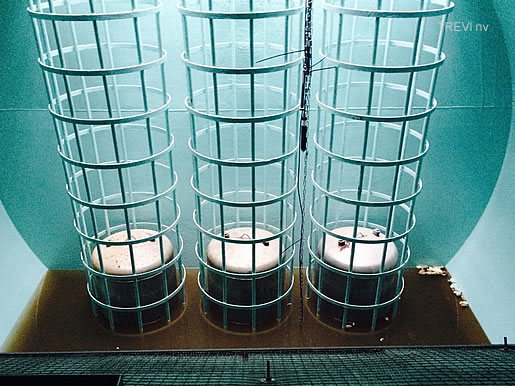Principle
In many sectors the waste water, or surface runoff, may contain a significant amount of oil or fat, for example in the food industry. At high concentrations the discharging into surface waters or in public sewers is no longer allowed, or it may have a negative effect on the operation of the wastewater treatment plant.
Depending on the application the distinction is made between a grease trap and an oil-water separator or fuel/oil separator. However the operating principle is the same and is solely based on the difference in density of oil and fat with water. By means of an underflow weir the floating oil layer is separated from the heavier aqueous layer.
Applications
If the waste water contains, besides oil or fat, many settling substances, then often an additional clarifier, silt trap or sand trap is placed before the oil water separator. A coalescer is added if only a very low concentration of oil / fat is permissible in the effluent, this provides a better separation of small droplets of oil or fat droplets. Versions in concrete, steel and PVC are possible.
It is important that an oil/water separator or grease trap is adequately monitored on a frequent basis and when necessary cleaned. A number of devices have the feature that an automatic notification is send once it approaches the maximum level. For devices with coalescers the concentration of suspended solids should be low to avoid clogging of the filter.
Realisation
